Designing a cement wall requires a blend of creativity and technical expertise to achieve both functionality and aesthetic appeal. Whether for structural support or as a decorative element, cement walls can transform spaces significantly. The design process involves careful consideration of factors such as location, purpose, style, and material quality. Understanding these elements allows for the creation of a durable and visually pleasing wall that seamlessly integrates into its environment. This guide will walk you through how to design cement wall.
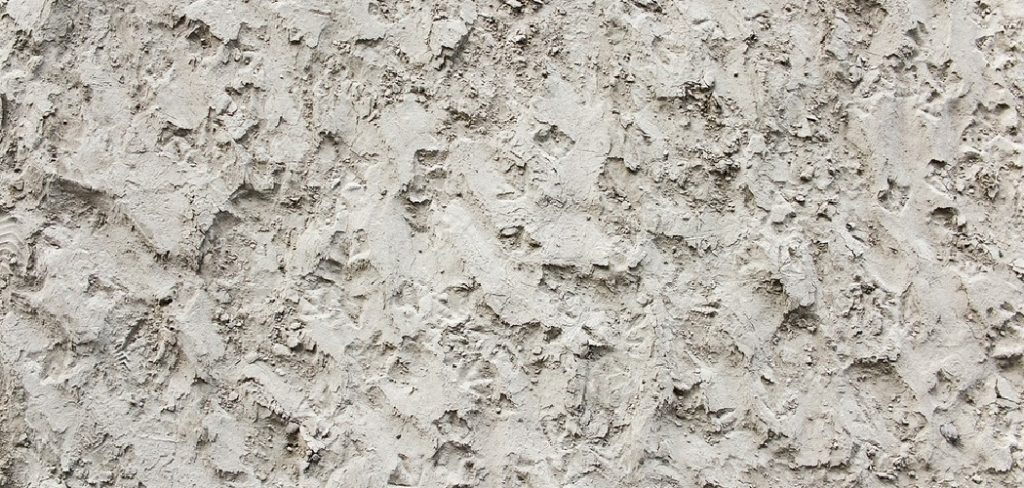
Types of Cement Wall Designs
When it comes to cement wall designs, there are several styles to consider, each offering unique aesthetic and practical benefits:
- Smooth Finish Walls: Known for their simple and clean appearance, smooth finish cement walls use fine cement and careful troweling to achieve a polished look. These walls provide a modern and minimalist aesthetic, ideal for contemporary spaces.
- Textured Walls: Adding texture to cement walls can create visual interest and depth. Techniques such as stamping or using textured rollers can mimic the appearance of stone, brick, or wood, providing a rustic or industrial feel.
- Exposed Aggregate Walls: This design option involves removing the top layer of cement to reveal the natural aggregates within. The result is a decorative finish that can be customized by selecting specific types of aggregates, offering a unique look for landscaping or facades.
- Board-formed Walls: By casting cement against wooden planks, board-forming creates a surface texture that highlights the grain and pattern of the wood. This technique is excellent for adding warmth and character to a space, blending industrial and organic elements.
- Colored Cement Walls: Enhancements with pigments and dyes allow for bold, vibrant cement walls. From earthy tones to bright hues, colored walls can complement various design themes and add a personal touch to the development process.
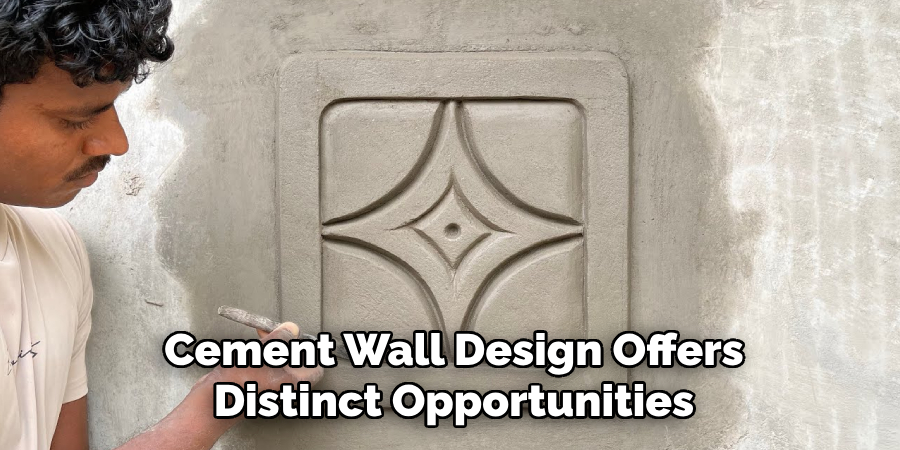
Selecting the right design involves considering the surrounding environment, the desired aesthetic, and the wall’s functional needs. Each type of cement wall design offers distinct opportunities to enhance and personalize architectural projects.
Tools and Materials Needed
Designing and building a cement wall requires a selection of essential tools and materials to ensure a successful project. Here are the key components you will need:
Tools
- Trowels: Used for spreading, smoothing, and finishing cement, various types of trowels (like finishing and notched trowels) are essential.
- Mixers: A concrete mixer or a mixing drill with a paddle attachment is necessary for properly combining cement, aggregates, and water to achieve the desired consistency.
- Level: This tool ensures that the wall is even and level throughout the construction process, crucial for both aesthetic and structural integrity.
- Measuring Tape: Accurate measurements are vital for cutting materials and ensuring proper dimensions.
- Screeds: Ranging in size, screeds help to level and smooth the surface of wet cement.
- Protective Gear: Safety glasses, gloves, and masks protect against debris, splashes, and dust during construction.
Materials
- Cement: The primary component, cement forms the basis of the wall and varies by type, such as Portland cement or high-strength mixtures.
- Aggregates: Sand and gravel, or specific decorative aggregates, are mixed with cement to form concrete.
- Reinforcement Materials: Reinforced steel bars (rebar) or mesh may be required for structural support, depending on the wall’s design and use.
- Water: Clean water is necessary for mixing cement to the appropriate consistency.
- Colorants and Pigments: Optional, but these materials can be used to customize the appearance of the cement wall.
Gathering these tools and materials in advance will streamline the construction process and help bring your cement wall design to fruition efficiently.
10 Methods How to Design Cement Wall
1. Define the Purpose of the Wall
The first step in designing a cement wall is determining its purpose. Will the wall serve as a structural element, a boundary, a decorative feature, or a combination of these functions? A retaining wall, for example, requires different design considerations than an accent wall or a load-bearing wall. Understanding the intended function helps guide decisions regarding thickness, reinforcement, texture, and finish. Clarity on purpose ensures the wall meets both aesthetic and functional needs.
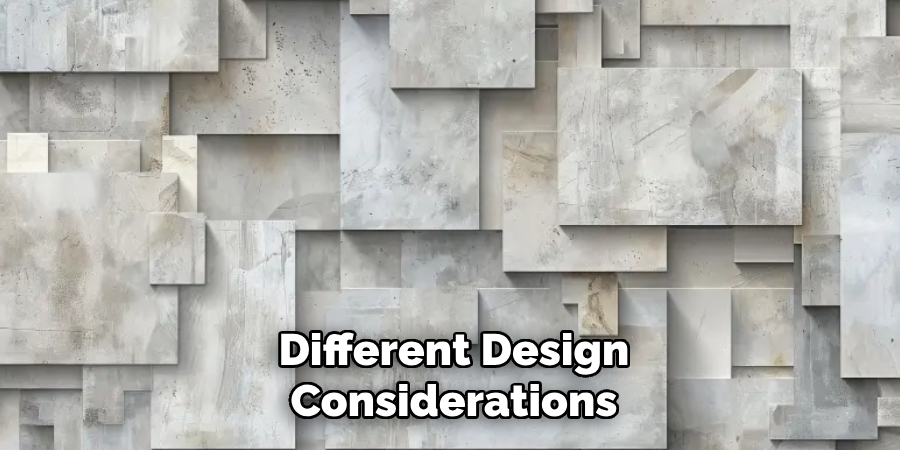
2. Choose the Wall Dimensions
Establishing the dimensions of the cement wall is critical for both design and structural stability. Decide on the wall’s height, length, and thickness based on its purpose and the surrounding environment. Taller walls may require additional reinforcement, while thicker walls can support heavier loads. Use these dimensions to calculate the amount of cement and other materials needed. Accurate measurements ensure the wall is proportionate and fits seamlessly into the space.
3. Plan the Reinforcement
Reinforcement plays a crucial role in the strength and durability of a cement wall. Depending on the wall’s purpose, decide whether to incorporate steel rebar, wire mesh, or other reinforcement materials. For load-bearing or retaining walls, reinforcement prevents cracking and ensures the structure can handle stress. Embed the reinforcement within the cement during the pouring process, spacing it evenly throughout the wall. Proper reinforcement extends the lifespan of the wall and maintains its integrity over time.
4. Select a Cement Mix
The type of cement mix you choose will influence the strength, texture, and finish of the wall. Standard Portland cement works well for most applications, but for higher strength or faster setting times, consider specialized mixes like high-performance or rapid-hardening cement. Mix ratios of cement, sand, and aggregate can be adjusted based on the wall’s function. For decorative walls, consider adding pigments, aggregates, or admixtures to achieve the desired appearance. A carefully selected mix enhances both performance and aesthetics.
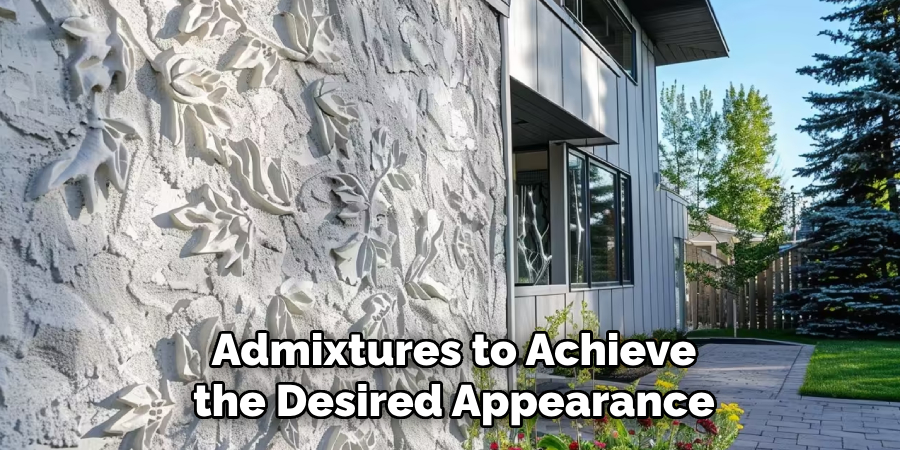
5. Prepare a Stable Foundation
Every cement wall requires a stable foundation to prevent cracking, tilting, or collapse. Dig a trench below the frost line for outdoor walls or a solid, level base for interior walls. Pour a concrete footing that is wider than the wall itself and reinforced with rebar for additional strength. Allow the footing to cure before beginning construction. A well-prepared foundation provides the stability necessary for the wall to withstand external forces like soil pressure or environmental stress.
6. Design the Surface Texture
The surface texture of a cement wall greatly impacts its aesthetic appeal. Decide whether you want a smooth finish, a rough texture, or an artistic design. Techniques such as troweling, stamping, or using textured molds can achieve a variety of effects. For a modern look, opt for polished concrete; for a rustic feel, consider exposed aggregate or a rough trowel finish. Experimenting with texture during the design phase ensures the wall complements its surroundings.
7. Incorporate Patterns or Designs
To add visual interest, consider incorporating patterns or designs into the cement wall. Use stencils, form liners, or custom molds to create geometric patterns, natural motifs, or abstract shapes. You can also embed decorative tiles, stones, or glass pieces into the surface for a unique look. For a minimalist design, opt for clean lines and uniform surfaces. Adding intentional design elements elevates the wall from a functional structure to a work of art.
8. Factor in Color Options
While cement is traditionally gray, adding color can enhance its aesthetic appeal. Integrate pigments directly into the cement mix for a uniform hue, or apply stains and dyes to the surface for a more dynamic look. Choose colors that complement the surrounding space, such as earthy tones for outdoor walls or bold shades for accent walls. Sealing the wall after coloring protects the finish and enhances its vibrancy. Thoughtful color selection adds personality and style to the wall.
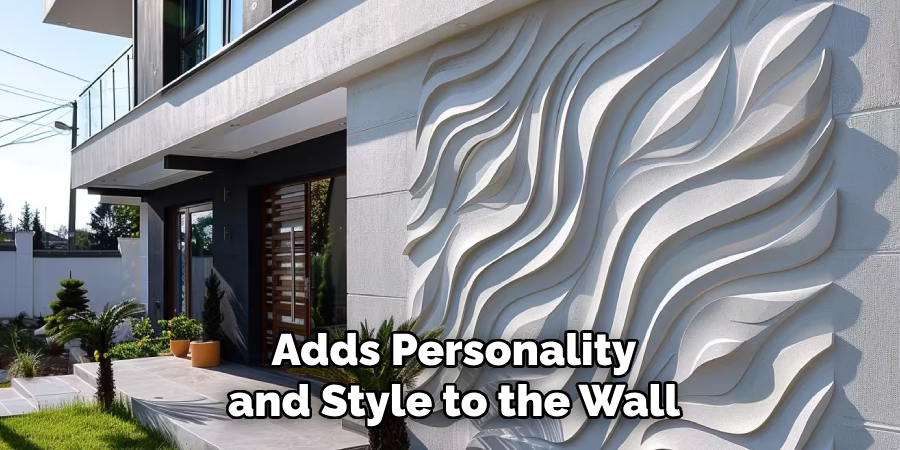
9. Plan for Lighting Integration
Lighting can transform the appearance and functionality of a cement wall, especially in outdoor or feature applications. Incorporate recessed lights, LED strips, or wall-mounted fixtures into the design for dramatic effects. Plan the placement of electrical conduits or embedded fixtures during the construction phase to ensure a seamless integration. Lighting not only highlights the texture and design of the wall but also adds an element of safety and usability.
10. Ensure Proper Finishing and Sealing
The final stage in designing a cement wall is finishing and sealing. Smooth the surface with a trowel, polish it for a sleek look, or leave it rough for a rustic feel. Apply a sealant to protect the wall from moisture, stains, and environmental damage. For outdoor walls, use a weather-resistant sealant to prevent cracking due to freeze-thaw cycles. Proper finishing enhances the wall’s durability and maintains its appearance over time.
Conclusion
Designing and constructing a cement wall involves careful planning and consideration of various factors, from its intended function to its aesthetic appeal. By understanding the purpose of the wall and making informed choices about dimensions, reinforcement, and mix selections, you ensure a structure that is both durable and visually appealing. Incorporating design elements such as texture, patterns, color, and lighting can transform a simple cement wall into an artistic feature that complements its environment. Thanks for reading our blog post on how to design cement wall! We hope you found it helpful and informative.
